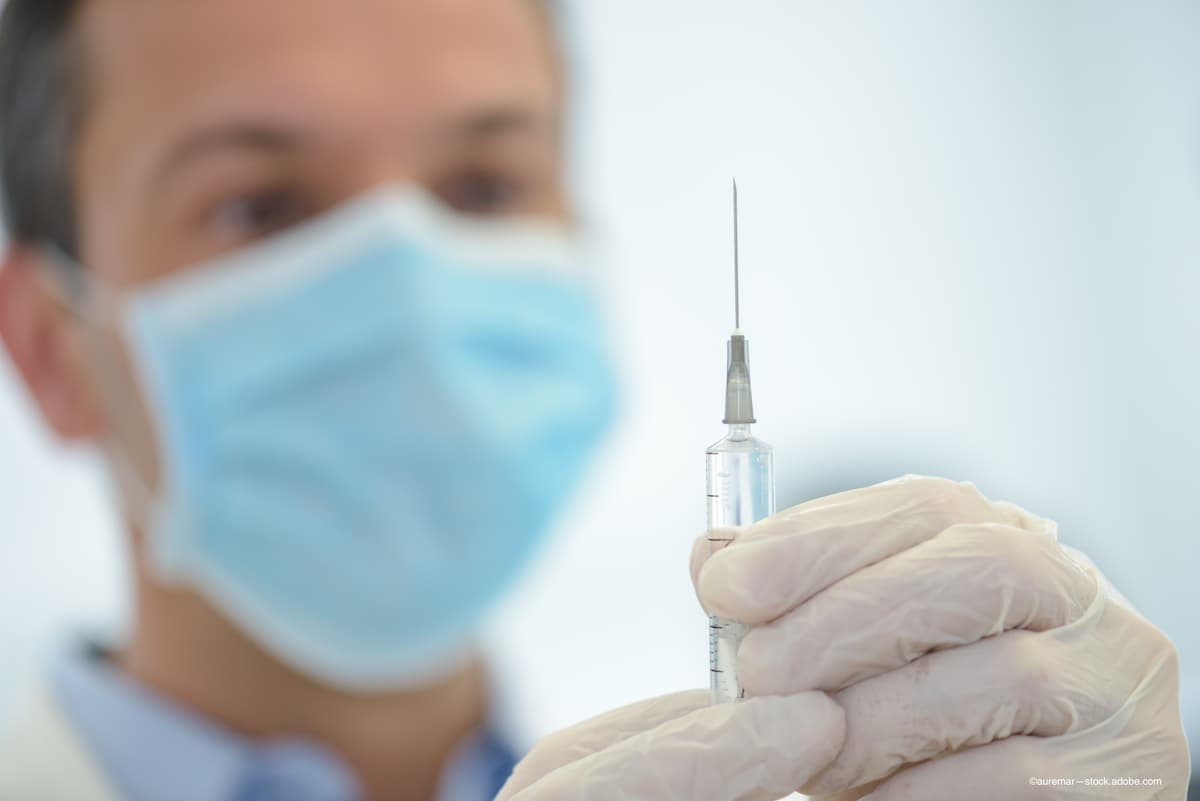Controlling intraocular inflammation associated with brolucizumab
Taiichi Hikichi, MD, counteracted the potential inflammatory effect of brolucizumab by combining its administration with a sub-Tenon’s capsule injection of triamcinolone acetonide.
Reviewed by Taiichi Hikichi, MD.

Brolucizumab (Beovu, Novartis) has been associated with development of intraocular inflammation when injected intravitreally to treat neovascular age-related macular degeneration (AMD). In some cases, the visual loss has been severe. Taiichi Hikichi, MD, a retina specialist in private practice in Sapporo, Japan, counteracted the potential inflammatory effect of the drug by combining its administration with a sub-Tenon’s capsule injection of triamcinolone acetonide.
In clinical trials, brolucizumab was found to be more efficacious against vascular endothelial growth factor (VEGF) in patients with neovascular AMD because of its size, higher binding affinity for VEGF, and a longer duration of effect. In addition, there was the potential for a decreased treatment burden for patients. However, after the drug was marketed and administered in clinics, cases of severe intraocular inflammation, retinal vasculitis, and retinal artery occlusion were reported in treated patients.
When Dr. Hikichi recognized the problem in 4 of his patients, he conducted a retrospective study. He recounted that all eyes treated with brolucizumab were switched from another anti-VEGF agent. After intraocular inflammation developed in the fourth case in association with an intravitreal injection of brolucizumab, he administered an injection of sub-Tenon’s triamcinolone to all eyes in his practice treated with brolucizumab. The patients were divided into two groups: those who received brolucizumab alone and those who were treated with brolucizumab combined with a triamcinolone acetonide injection.
Results of the analysis of brolucizumab and steroid

Dr. Hikichi reported that 44 eyes had received at least 1 intravitreal injection of brolucizumab; specifically, 14 had been treated with brolucizumab alone and 30 eyes had been treated with brolucizumab and the steroid.
Of the 14 eyes treated with only brolucizumab, intraocular inflammation related to the intravitreal injections developed in four (28.6%). The intraocular inflammation ranged from severe in 1 eye and moderate in 2 eyes to mild in 1 eye.
In contrast, no intraocular inflammation developed in any of the 30 eyes treated with brolucizumab and steroid. The difference between the 2 groups reached significance (p= 0.012).
A side effect of the combination treatment was that the intraocular pressure increased to from 22 to 26 mmHg in three (10%) eyes following the steroid injection and decreased back into the normal range within 2 months without additional treatment. Cataracts did not develop during the mean follow-up period of 7.1 ± 0.4 months.
Dr. Hikichi believes that this combination therapy should be considered as a treatment option when brolucizumab is selected to treat neovascular AMD. This therapy may be beneficial for patients who do not respond or respond inadequately to other anti-VEGF drugs or for those who must receive intravitreal injections frequently.
Taiichi Hikichi, MD
E: thikichi@hikichi-eye.jp
Reference
1. Hikichi T. Sub-Tenon’s capsule triamcinolone acetonide injection to prevent brolucizumab-associated intraocular inflammation. Graefe Arch Clin Exp Ophthalmol https://doi.org/10.1007/s00417-022-05611-y
Newsletter
Keep your retina practice on the forefront—subscribe for expert analysis and emerging trends in retinal disease management.